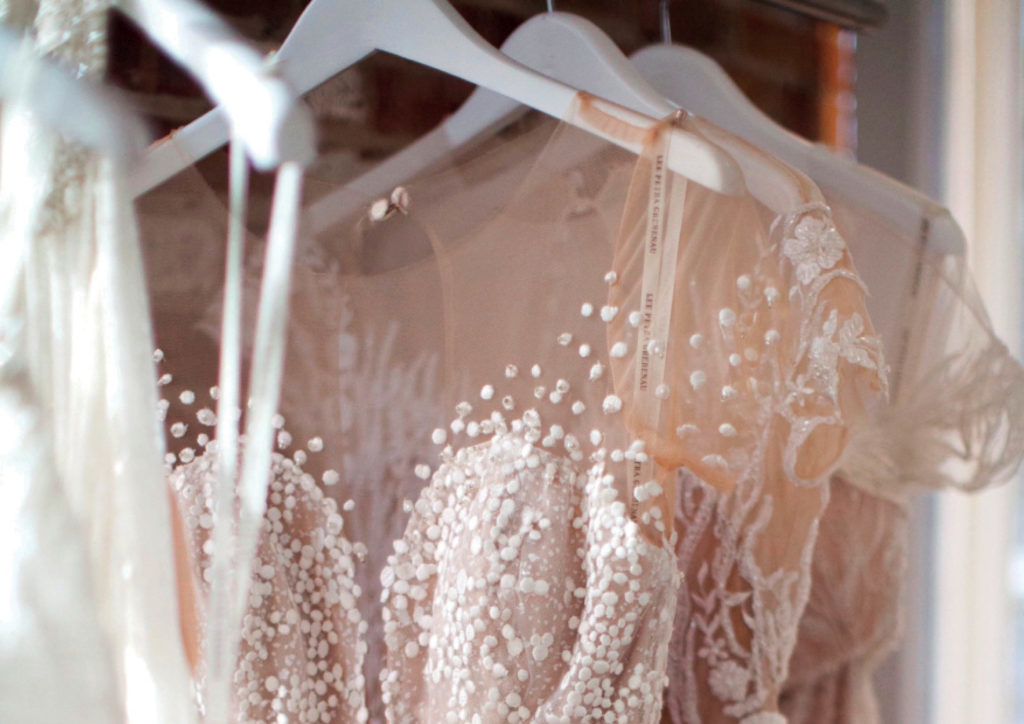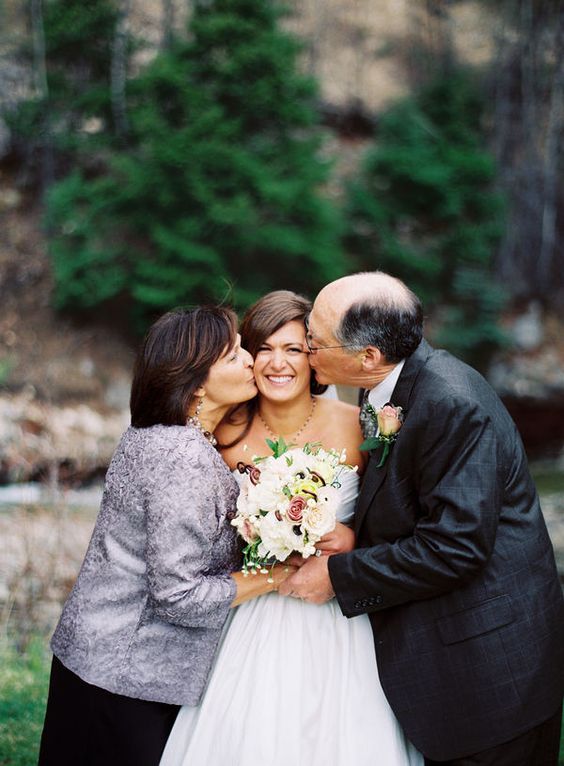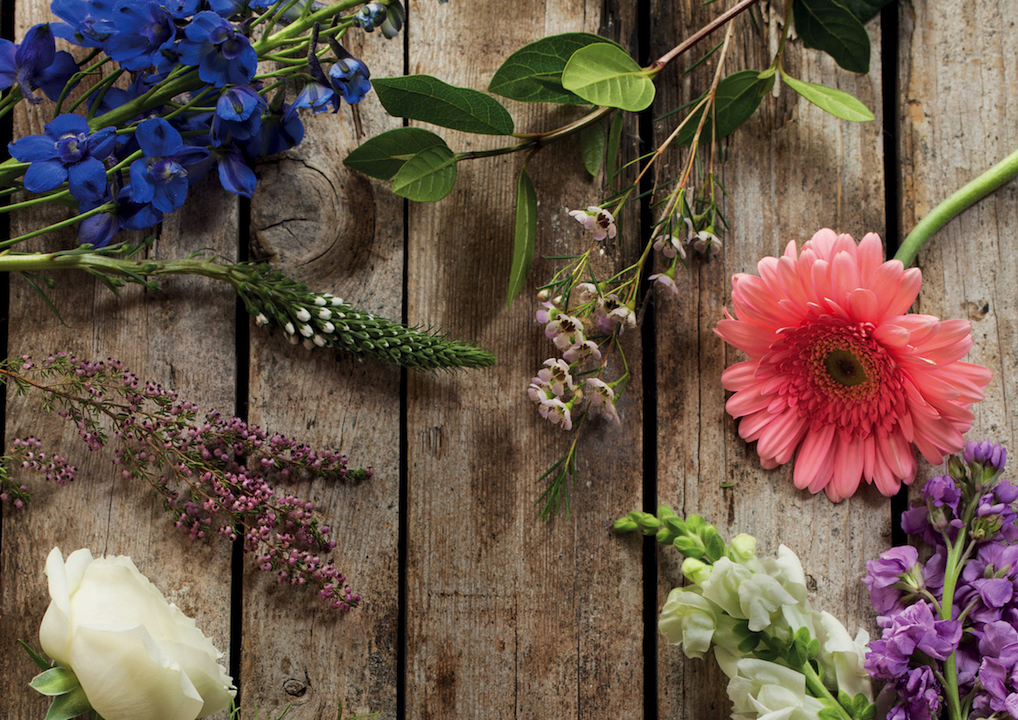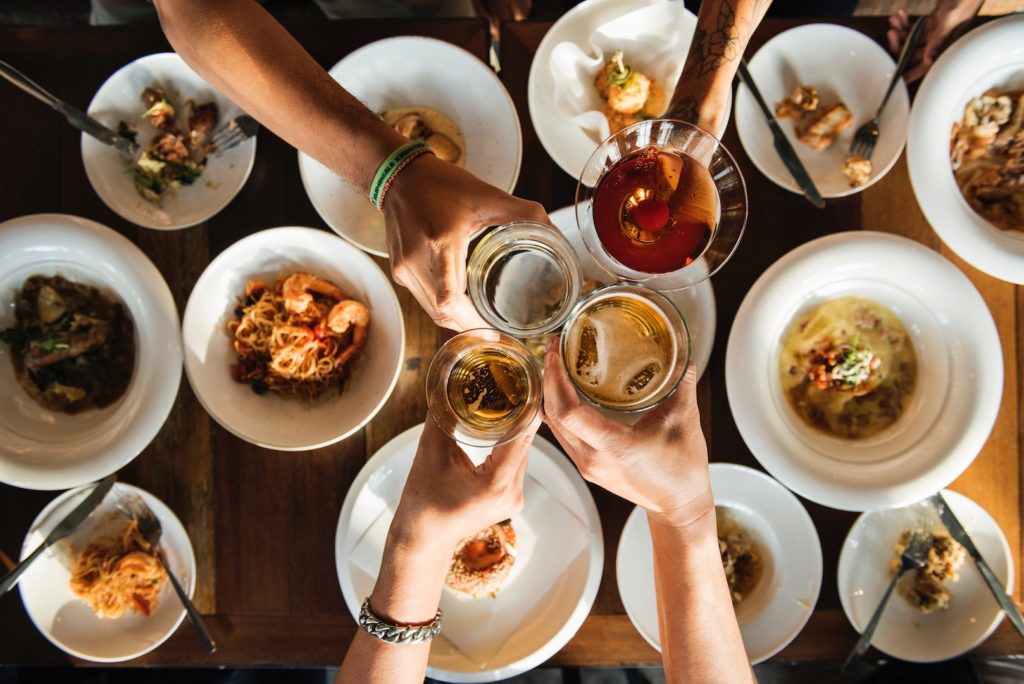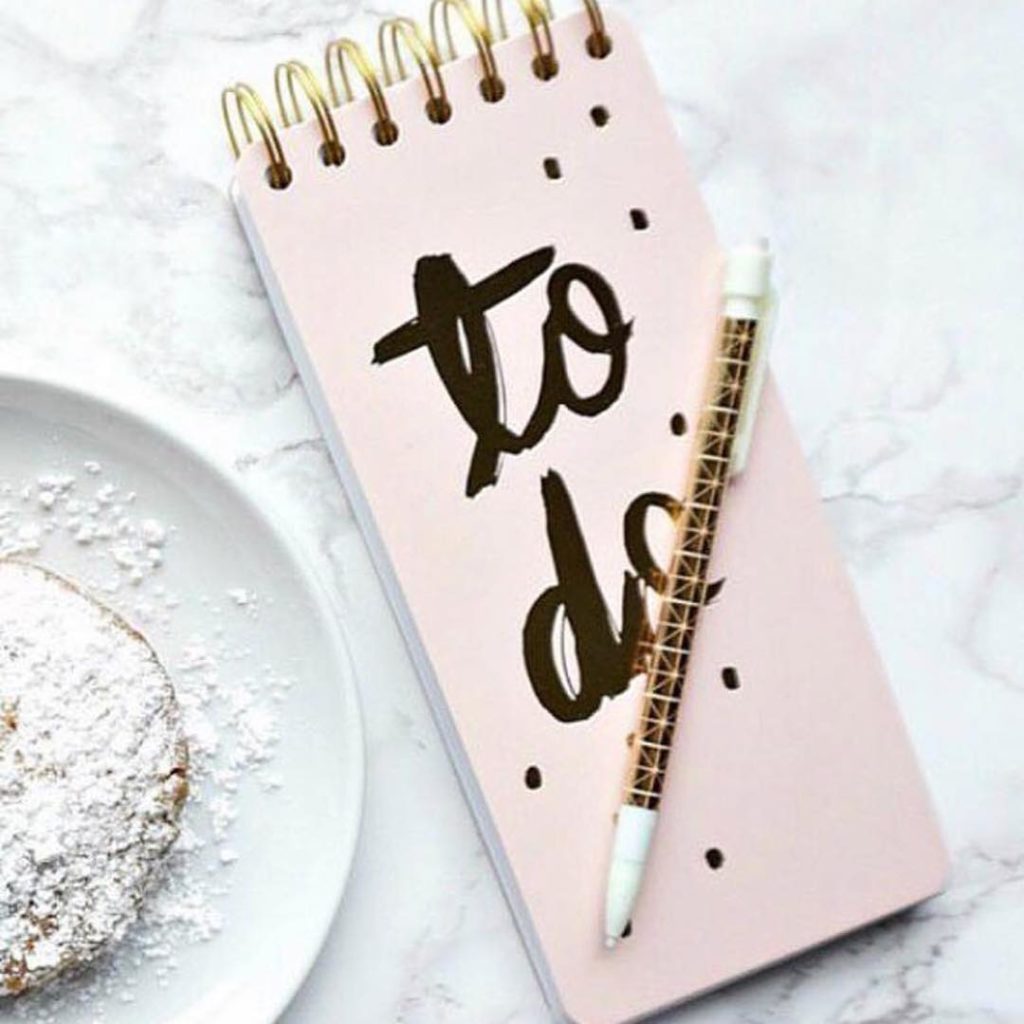So, you’ve found the love of your life. Now it’s time to find the other one – your wedding dress. Read our top tips from local experts before you head to the boutiques or meet a designer.
COLLECTION, COUTURE, HIRE OR PREVIOUSLY LOVED?
Each option has its own pros and cons. So it basically comes down to personal preference and budget. Buying or hiring a new or worn dress means that you can try on the dress before you buy it. But Natasha Holmes, owner and designer of Lou & Co, cautions: ‘Boutiques often only stock sample sizes, which isn’t the size of an average woman. If they don’t stock your size, don’t waste your time, as you simply cannot commit to a dress if you can’t try on the right size.’
If you have a dress made, Stephen of Stephen van Eeden Atelier advises you create a shortlist of potential designers and ‘make sure that their aesthetic and style reflect your personal style’. Having a dress made from scratch requires confidence in your designer, more time and, often, more money, but guarantees something unique.
MONEY, MONEY, MONEY
‘There is a big price difference between an off-the-rail gown and made-to-measure bespoke,’ says Stephen. Designers usually have a price range on their website and it’s worth knowing beforehand. Stephen suggests you look at the quality and finishing of a dress to see if it is fully lined and French seamed, as this determines the true cost.
If you’re buying or hiring, let the sales consultant know your budget. A good one won’t suggest anything outside of your budget but will find a way to incorporate what you want. Natasha adds: ‘Being honest will allow us to quickly rule out what you can’t afford and find a suitable dress in your price range.’
EARLY-BIRD BRIDE
Start shopping at least six months before your big day – even more if you intend on having your dress made. ‘Trends like lace appliqué take time,’ says Natasha. A boutique may have to order in your size or make alterations – and you don’t want to rush that process.
BYO
Wear a strapless nude bra and panties, even shapewear if you’ll be wearing it on your big day. ‘It’s easier to judge fit with a smooth silhouette,’ says Natasha, ‘and no one warns you about this, but you should be ready for the designer or consultant to see you in your undies! Wedding gowns are tricky to get in and out of.’
Remove any jewellery in case it catches. A simple necklace can change the entire neckline of a dress. Make an effort with your hair and make-up to get a sense of what you will look like on the day. Taking a pair of heels along is also recommended, but boutiques often have pairs to try on.
TRIBE VIBE
The first fitting can be overwhelming and you will want to be surrounded by your people. When fitting at Lou & Co, Natasha recommends that you bring along only two or three people whose opinions you value most, such as your mom, sister or best friend. ‘Too many opinions make it harder to know what’s right.’
ROME WASN’T BUILT IN A DAY
Chances are, you won’t find ‘The One’ at your first try-on session. Don’t be disheartened! There are always more boutiques and other designers to try. And, with every consultation, you will walk away knowing something new about the one you really want.

